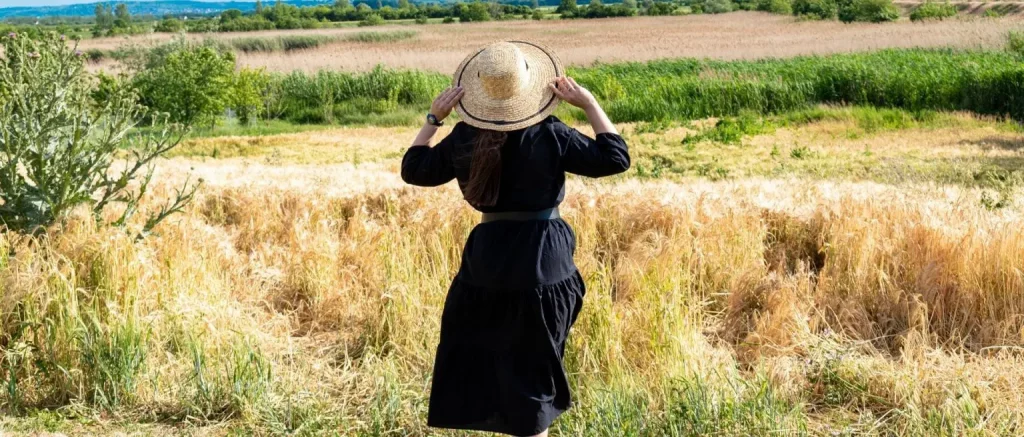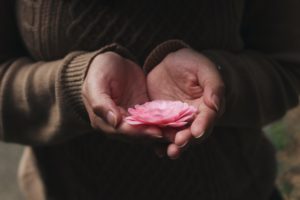What is Meditation?
Meditation is a way to focus on your breath. It’s normal for people to lose sight of their breath when they focus on it. Meditation helps you to focus your wandering mind back onto the breathing exercise.
Meditation is one type of mindfulness. There are many types of meditation you can practice, including loving-kindness meditation and body scan meditation.
What is Mindfulness?
Mindfulness refers to being aware of your thoughts, actions and surroundings. A meditator may practice guided meditations for mindfulness at work or in their home, but a mindful person is able to apply mindfulness to all aspects of their life.
You can practice mindfulness throughout the day. Mindfulness can be practiced throughout the day. For instance, mindful eating at lunch might help you notice the texture and unique flavors of the food. You can also become more aware of the taste by slowing down and being mindful of your mouth. People eat so fast that they don’t notice how much or how little they like the food. Mindfulness in conversation and mindful walking are both ways to improve emotional control.
What is the difference between mindfulness and meditation?
1. Meditation is one form of mindfulness
Meditation is one type of mindfulness. Mindfulness can include activities such as journalling and breathing exercises, meditation and body scans, mindful walking and mindful eating, and other mindfulness activities. You can practice mindful living in many different ways. Meditation and mindfulness can be practiced in different ways. They are interconnected. You can also practice mindfulness meditation. Both cases allow you to become more aware of your thoughts, and behaviors. Meditation is more about controlling your thoughts inside your head, while mindfulness is about living the values you hold in the outside world. Your thoughts can influence your emotions, which in turn can affect your actions. Meditation helps you to become more aware of your thoughts and how they affect other areas of your daily life. Living mindfully means being compassionate with people outside of your head.
2. Meditation is a form of meditation, while mindfulness is a way to live your life.
It is important to recognize the difference between mindfulness and meditation. Meditation can help you live more mindfully. It helps you to notice your thoughts and sensations. Mindfulness is a way to live your best life. Meditation can be described as a practice that precedes the actual event. It’s easy to pay attention to your thoughts when you meditate. If you don’t meditate regularly, you might find it easy to get angry at a friend for saying something that hurtful. Being mindful is about being conscious of how you act in all situations, even those that are difficult. Mindfulness group activities can help you to practice mindfulness in your daily life. You can also do guided meditations.
3. Meditation is more casual than mindfulness, but mindfulness is more casual than meditation.
Meditation is most often done sitting down. You can sit down on a cushion or in a group and watch your thoughts drift in and out of your mind. You might focus your attention on your breath and have a high concentration. We may shift our focus to other parts of the body in order to feel pain or sensations. Meditation requires a lot concentration and focus. Mindfulness is a way to live. Training yourself to be more mindful will eventually make you a better person. Because your thoughts aren’t in your focus, you will be more present in conversations and experiences.
4. Meditation is not complete without mindfulness.
Meditation is different from mindfulness. Mindfulness is also a component of meditation. Meditation also includes a focus on your breath and thoughts. It can also include the thought process of giving love to someone you care about in a loving-kindness mediation. Meditation practice should include elements of awareness, nonjudgment, inner peace, and self-control.
5. Mindfulness can have a profound effect on all aspects of your life
Meditation is only ten to sixty minutes per day, whereas mindfulness can affect all aspects of your life. Although you may go to a meditation retreat to learn meditation, it is not a time-consuming experience. Mindfulness can play a significant role in your everyday life. Mindfulness can be practiced while you eat lunch, while lying in bed with emotional pain, while walking in nature, while talking with family members or friends about difficult situations, and even while you are eating. Mindfulness is about being kind, compassionate, and present in all situations. Your life will be enriched if you are aware of your thoughts and feelings. Negative thoughts can lead to poor behavior and even hatred. If you have positive thoughts, it will be easier to see the feelings of others. You can make things worse if you are ruminating. It doesn’t matter if you are aware of your thoughts, they will still be evident.
6. It is possible to live mindfully even if you are not able meditate
It is possible to meditate and be mindful of your surroundings without meditation, but it is unlikely that you will be able to do so without mindfulness. People who do good deeds every day are more likely to live mindfully. You can live mindfully by thinking of ways to be kind and giving your energy to acts of kindness or helping others. Positive actions can help you to act positively. Mindfulness doesn’t require you to meditate. Meditation can still be useful for mindful living. It’s about being more conscious of your thoughts and taking responsibility for your actions. It’s one of many ways to become mindful.
7. Practice differences
You can practice mindfulness or meditation in different ways. A person can choose from many types of meditation such as body scans, loving-kindness and visualization meditations. You can practice mindfulness by being present in conversations, listening attentively, being kind to those who are in need, and being aware of what is happening in your daily life. Although mindfulness and meditation are two different practices, they share the need to be present. Both mindfulness and meditation both require that you live in the present moment.
8. Meditation is about letting go and mindfulness is about thinking watching.
When comparing mindfulness and meditation, another important difference is their relationship to thoughts. Mindfulness is about letting your thoughts flow naturally without any effort. You will eventually see that you are not your thoughts. It doesn’t matter if you identify with your thoughts or relate to them. It is enough to notice the quality of your thoughts leaving and entering your mind. It becomes obvious that thoughts do not come from you when you are aware that they enter your mind without you having done anything. Meditation is about letting go thoughts. Do not attach to thoughts. Meditation is about letting go of all thoughts and allowing them to be swept away.
9. Meditation can be guided, but mindfulness is self-guided.
Both mindfulness and meditation can be done self-guided. Mindfulness, however, is self-guided. It’s your awareness and control of your thoughts, emotions, behaviors, and thoughts. Meditation can be guided. A guide can help you learn a lot about meditation. A practitioner will guide you through the process of noticing and letting go of your thoughts. A guide might be available to help you with meditations if you are attending a silent retreat. You might also find a guide at a meditation center. They may use speech, singing bowls or chants. A meditation timer can be used to help you self-guide during meditation.
10. Meditation is for your mind, mindfulness is for your outer expression
There are many areas where meditation and mindfulness can be compared. Meditation is about the mind, mindfulness is about your actions. Meditation can help clear your mind of clutter, but living mindfully means that you are able to set good intentions and be a good person. Living mindfully will help you have positive thoughts, positive emotions, and positive actions. Meditation can help you to have a calm mind so you can be more mindful of the world around you. Both are interconnected in many ways and can be used to complement one another, creating a life worth living.












